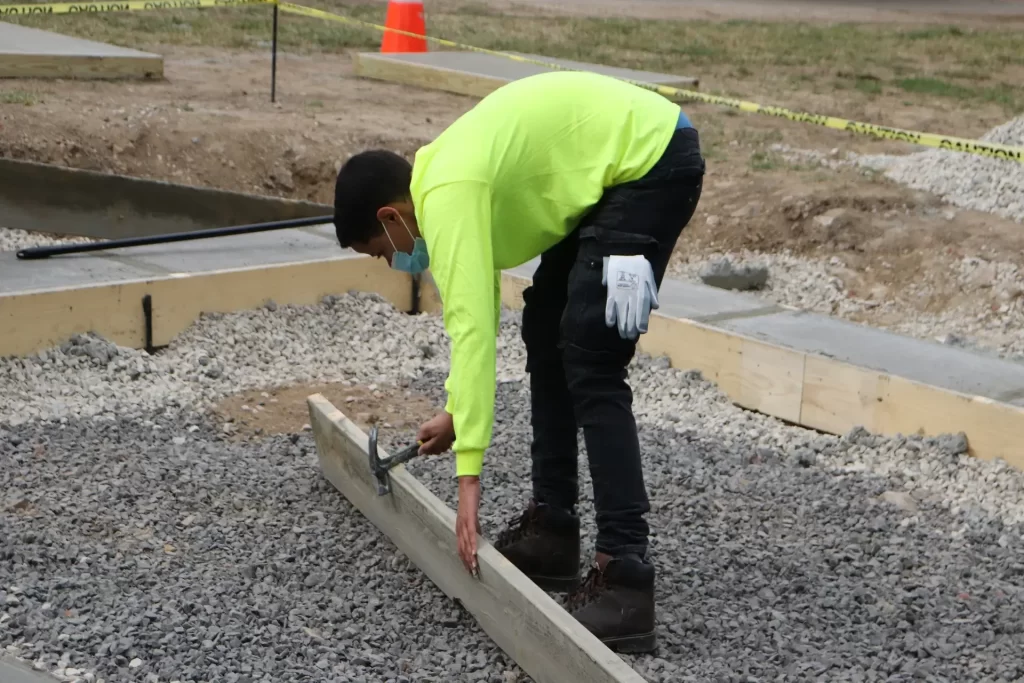Construction training is often significant to keep employees updated with modern technologies and practices. In addition, training programs can enhance employees’ productivity and quality of work, which is helpful for both employees and the corporation. Therefore, determining the training method and providing construction training and the content material is significant. Here let’s understand various training methods for workers and explore the advantages of training programs.
There are various methods of construction training to train employees. A company can select a combination of training techniques to train workers depending on which procedure suits the content material and what works best for the students. These are:
Computer-based training (CBT) is another term for it. Both refer to the same thing; e-learning is entirely online. In contrast, computer-based training comprises any type of training that takes place on the computer.
The significant advantage of technology-based learning is its flexibility and scalability. Any number of people can participate at the same time and advance at their own pace in this training technique. It also removes the prerequisite of an in-person facilitator. This type of training often mimics conventional classroom-style teaching by delivering a voiceover with visuals that support the content. Generally, resources like videos and additional reading accompany the material to support the training process.
Roleplaying generally involves a student and trainer, where each can act out various potential work scenarios. This method is most useful in industries that need client interaction or involve consumer service, as it allows workers to practice handling complicated situations. Students act as if they are dealing with the condition and are accountable for resolving it without guidance or rehearsal. The role players must respond fast to the changing needs and react as they would in real life. This construction training program entails acting realistically in a hypothetical condition.
It is one of the most typical types of training techniques. On-the-job or hands-on training concentrates primarily on the practical skills essential for the job. This training method enables new hires to begin working immediately. In some instances, it may be beneficial to incorporate a construction worker shadowing component. It also lets new hires gain insight into the context and job prerequisites before trying it on their own.

Video has become very popular as an effective training method in a short period. It helps industries train workers fast and efficiently. Numerous employees prefer it over reading materials. Videos can make complex material more engaging, interactive, and demonstrative. Similar to computer-based training, the material is readily available. Employees can review data at any time without an in-person facilitator.
Instructor-led construction training is one of the workers’ most conventional and popular methods. It is a classroom-style training where an educator prepares and leads the experience, generally using visual elements in a lecture-style presentation. It has many advantages, including that students can interact with the trainer, and questions of apprentices that might go unaddressed in other training techniques can get enough attention. It also enables the development of a relationship between the teacher and the student and among the workers undergoing the training together.

Case studies may be the most effective training technique for improving analytical and problem-solving aptitudes. In this construction course, trainees get real or imaginary scenarios illustrating everyday work situations. Then, either independently or in a group, the workers get instruction to examine the case and develop the best possible solutions. After that, the trainer checks the pros and cons of each alternative to help trainees improve their skills.
A lecture or group training may be useful when an institution must share data with a large group of workers. It can be an efficient means to ensure that all workers are receiving a consistent message, and it can be helpful to gather everyone together to observe the advent of the execution of any new techniques or guidelines. It is also a cost-effective way to acquaint a group of people at once.
This training method may only be applicable in some situations as it can limit the likelihood of two-way communication only if the structure includes enough chances for feedback. It can also be challenging to specify whether everyone in a group construction classes training situation has the same understanding of the materials. This can result in some students getting more advantages than others.
Read More